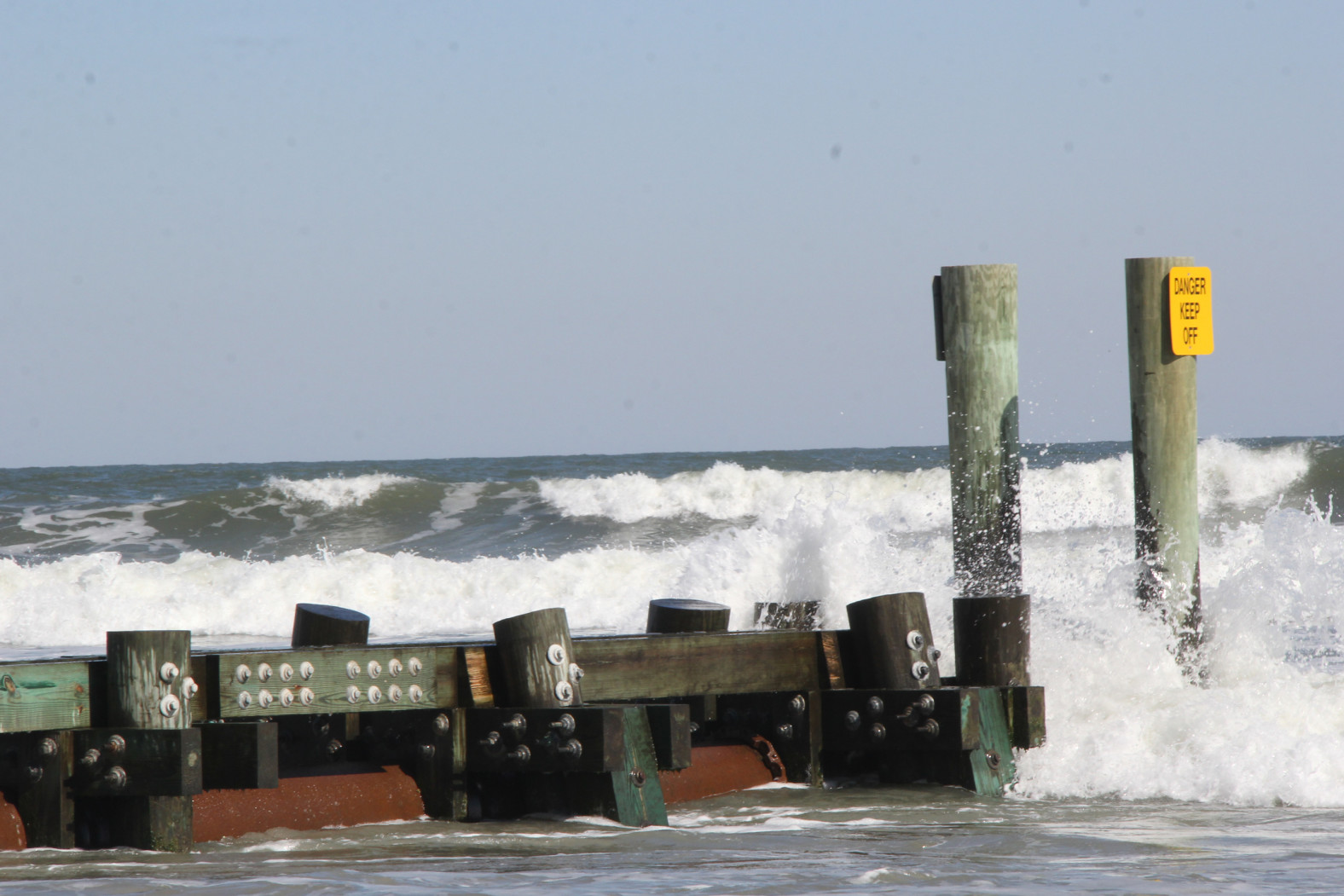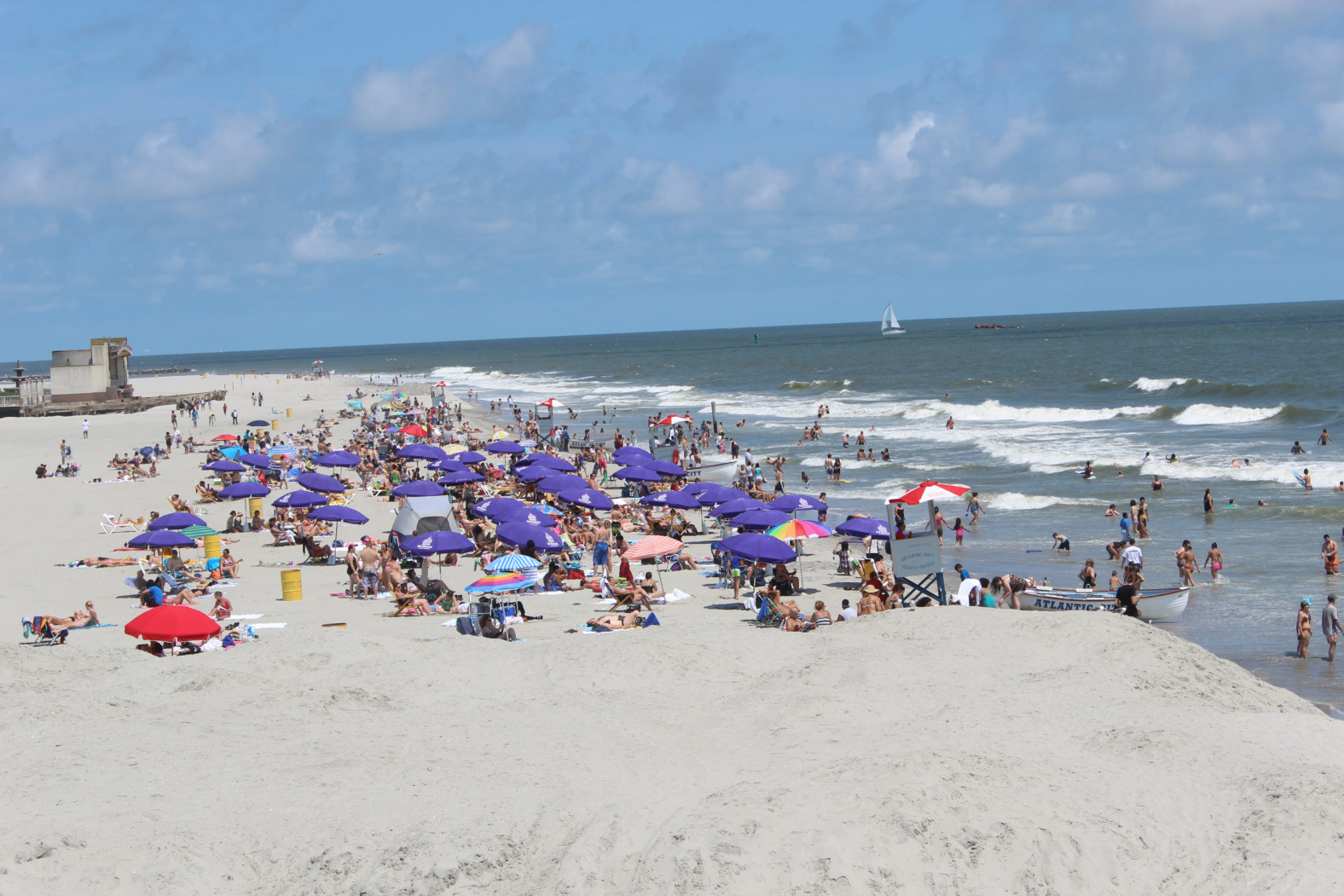The Resilient NJ program is administered through the New Jersey Department of Environmental Protection (NJDEP) Climate and Flood Resilience
Program's Bureau of Climate Resilience Planning (BCRP) to
identify and implement innovative regional solutions to address
vulnerabilities to increased coastal and river flood risk and
other stressors. Resilient NJ is an important piece of a New
Jersey's comprehensive efforts to make the state of New
Jersey more resilient.
As part of the federal government's Hurricane Sandy
recovery efforts, the U.S. Department of Housing and Urban
Development (HUD) established the National Disaster Resilience Competition (NDRC), which made $1 billion available to communities struck by natural disasters in recent years. The competition was
designed to promote risk assessment, planning, and
implementation of innovative resilience projects to better
prepare communities for future storms and other extreme weather
events. The competition was funded by Community Development
Block Grant Disaster Recovery (CDBG-DR) funds provided by the
Disaster Relief Appropriations Act, 2013 (PL 113-2). In
January 2016, the State of New Jersey was awarded $15 million as
part of the competition. From that award, $10 million will fund Resilient NJ.
The Regional Team consisting of Brigantine, Atlantic City,
Ventnor, Margate, Longport, Northfield, Pleasantville, Atlantic
County, and the American Red Cross competed and was awarded
grant funding to support the development and implementation of a
community-driven Regional Resilience and Adaptation Action Plan
over the course the coming months, by May of 2022.
As we set off to launch Resilient NJ in an era of new safety precautions and increasingly
virtual interactions, we are going live with our
first-generation webpage early on so that can begin connecting
with all of you from the start. We will build the site out over
the coming months with additional project details and ways to
engage with us.
To help build the foundation of our risk assessment and
resilience planning process, we invite you to contribute to
identifying local needs and local assets (whether it may be a
particular building, service, or natural area) through the
website. What is important to you in your neighborhood and
region? Our crowdsource mapping tool will launch in the spring
so users can place comments on the map regarding areas of
interest, local assets, and problem areas in need of resilient
and adaptation solutions.





